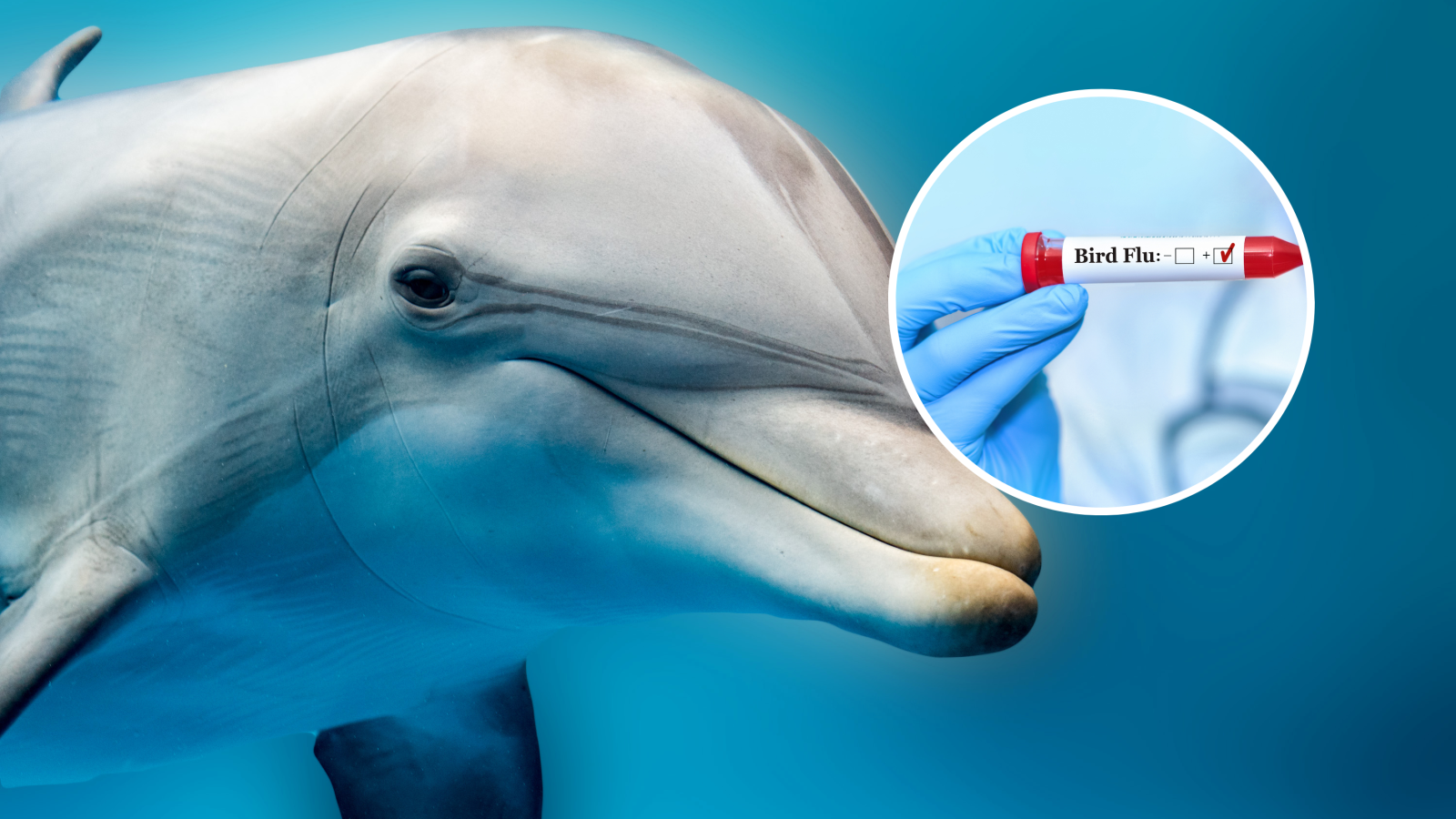First North American Cetacean Case of Avian Influenza Uncovered in Florida Dolphin
In a groundbreaking discovery, researchers have unveiled the first documented case of highly pathogenic avian influenza virus (HPAIV) in a North American cetacean. The finding, centered around a Florida bottlenose dolphin, highlights the urgent need for further investigation into cross-species virus transmission.
Detailed Investigation and Analysis
The journey of this discovery began with the response of the University of Florida’s Marine Animal Rescue team to a distressed dolphin in Dixie County, Florida. Subsequent postmortem examination and analysis of brain and tissue samples revealed the presence of HPAIV. Initial tests at UF’s zoological medicine diagnostic laboratory eliminated other potential pathogens, with further confirmation from the Bronson Animal Disease Diagnostic Laboratory and the National Veterinary Services Laboratory.
The virus subtype was identified as HPAI A (H5N1) virus of HA clade 2.3.4.4b, with additional analysis conducted at the Biosafety Level 3 enhanced laboratory at St. Jude Children’s Research Hospital in Memphis.
Collaborative Efforts and Research Implications
The study, published in Communications Biology, was led by Allison Murawski, D.V.M., in collaboration with various agencies. Murawski’s investigation, developed as part of her research project, received guidance from Richard Webby, Ph.D., at the World Health Organization Collaborating Center for Studies on the Ecology of Influenza in Animals and Birds.
Webby’s expertise proved instrumental in understanding the virus’s origin, its potential for mammalian transmission, and the avenues for tracking its spread. The research team sequenced genomes from local birds and examined viruses from Northeast seal populations to gain further insights.
“We still don’t know where the dolphin got the virus and more research needs to be done,” said Webby, emphasizing the importance of continued investigation.
Mike Walsh, D.V.M., associate professor of aquatic animal health, hailed the collaborative effort as a remarkable example of interdisciplinary excellence, underscoring the significance of curiosity-driven research in unraveling complex scientific phenomena.
Conclusion
The discovery of HPAIV in a Florida dolphin marks a pivotal moment in understanding the dynamics of cross-species virus transmission. As researchers delve deeper into the origins and implications of this finding, collaborative efforts will play a crucial role in advancing our knowledge and preparedness against emerging infectious threats.















































